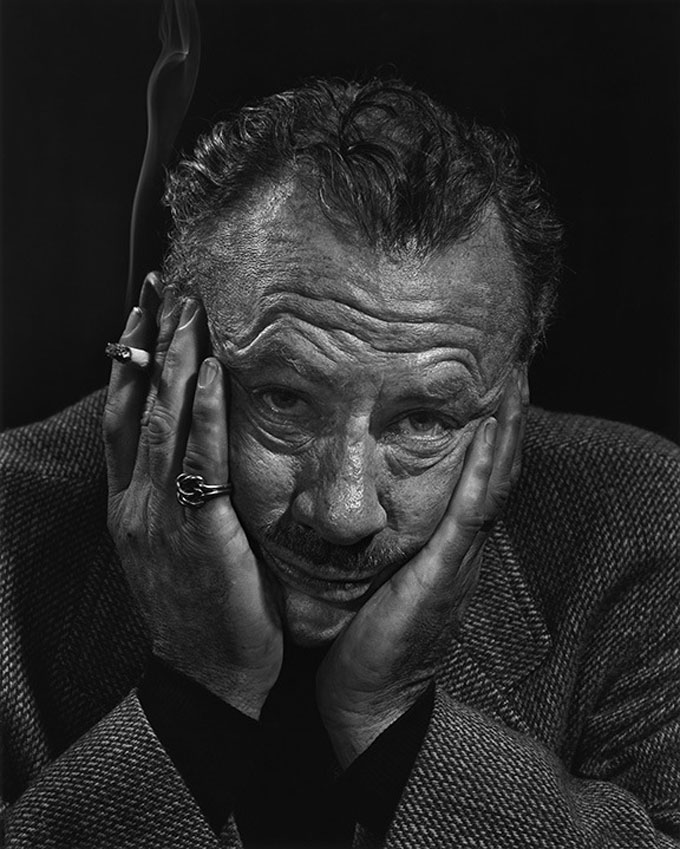The July-December 2018 issue of Steinbeck Review, delayed in publication on a technicality, marked the 50th anniversary of John Steinbeck’s death with tributes from eminent Steinbeckians like Robert DeMott, who recalled in a personal essay written for the occasion that the first articles he wrote for publication “appeared the month Steinbeck died, in December 1968.” The contribution from Mimi Gladstein, the tenacious Texan who pioneered the comparative study of Steinbeck’s female characters, surveyed the women in Steinbeck’s fiction with a sympathetic eye, from the heroic mother-figure of Ma Joad to the friendly whores of Cannery Row. Assisted by Kathleen Hicks and Katharine Morsberger, the Californian who edited Steinbeck’s screenplay Viva Zapata!—Robert Morsberger—drilled down on the darkness at the core of Steinbeck country as depicted in The Pastures of Heaven and To a God Unknown. Book reviews in the 50th anniversary issue included a sympathetic reading of The Way of Jesus, a spiritual memoir by Jay Parini, the Steinbeck biographer who teaches creative writing at Middlebury College in Vermont. Like DeMott’s essay, Parini’s book suggests that living into one’s 70s puts new light on an ageless author who felt old at 60 and died at 66.
- Home
- Books
- Life
- Music & Media
- Places & Events
- Politics & Religion
- April 15, 2025
About John Steinbeck

Most read American writer of the 20th century. Born in California. Died in New York. Romantic. Realist. Rebel. More about John Steinbeck
FacebookTwitterLinkedInGoogle+ PinterestMySpaceStumbleUponYouTubeStay In Touch
Receive email updates and stay in touch with SteinbeckNow.com
Recent Posts
- New Video from San Jose State University on John Steinbeck: A Writer’s Vision
- Celebrate! Western Flyer Returns to Monterey Bay
- Henry Fonda’s Daughter, Jane Fonda, to Receive 2023 John Steinbeck Award
- A Chance Christmas Dinner with John Steinbeck in 1947
- Saved! John Steinbeck’s Retreat in Sag Harbor
- Celebrating Woody Guthrie’s Grapes of Wrath Connection
- John Steinbeck Haunts Malcolm Harris’s Palo Alto
- San Jose State Hosts Steinbeck Conference
- For John Steinbeck, the Rains in Pajaro Hit Home
- Photo Inspires Sumi Ink Portrait by Eugene Gregan
Latest Tweets
-
No tweets found.
- View All SteinbeckNow.com Tweets


I think an essential reason Steinbeck “felt old at sixty” is explained in the words he wrote to Toby Street, probably sround 1940, “…I have no home. Never did have but I always thought i might have and now I know I never will have, and that makes for a continued longing for extinction…” I don’t think he ever felt the East Coast was home to him, while Central California was often hostile. He felt without roots. I think that can age one.